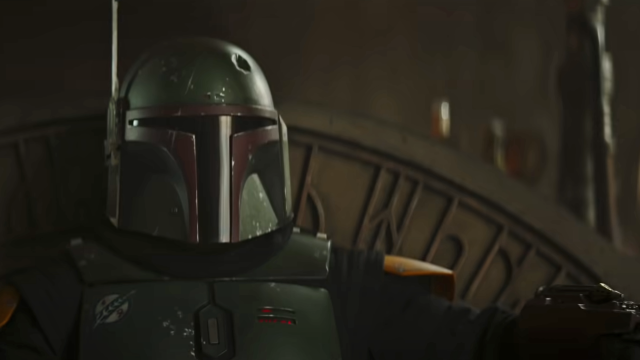Crime! I love it. You love it. Star Wars really, really loves it. The civilized age is in when it comes to the galaxy far, far away lately, and now more than ever we’re rich in stories of smugglers, bounty hunters, and all sorts of splendiferous Star Wars scum. With Boba Fett making a play at the underworld in his own spinoff show next month, here’s a rundown of some criminal elements you need to know.
The Hutt Cartels
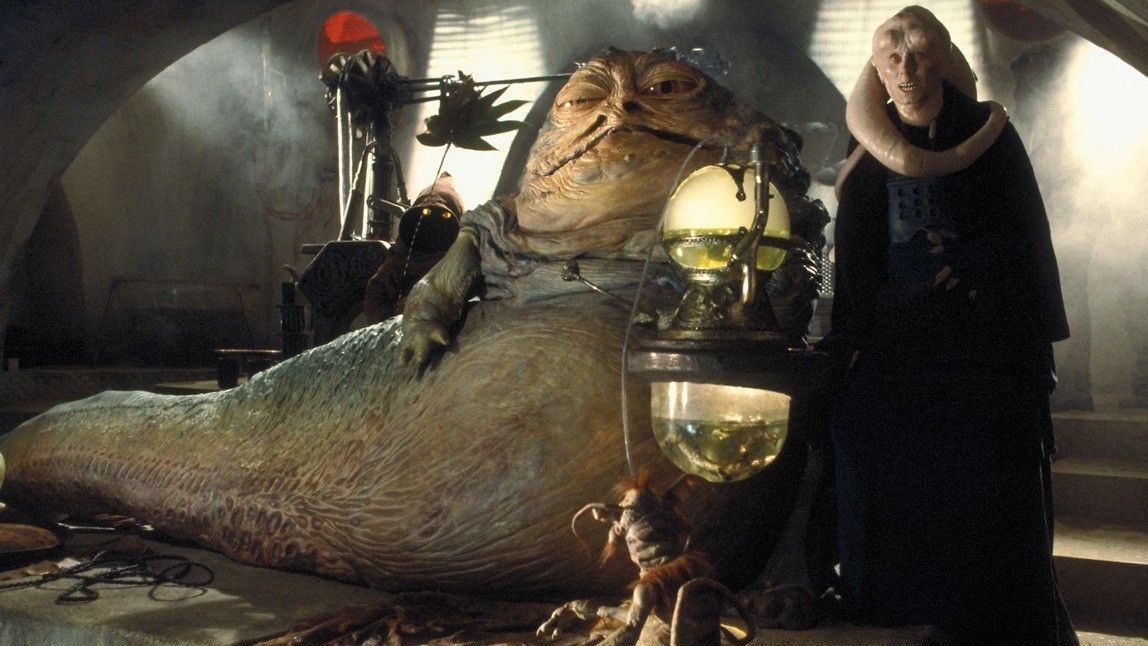
Much of what we know about the underworld of Star Wars is dictated by “The 5 Syndicates”, the largest criminal entities to hold sway throughout the events of the first six Star Wars movies. The largest and most influential of all, of course, were the Hutt cartels: the Grand Council of Nal Hutta’s administrative connective force uniting the disparate Hutt families and their own criminal organisations into a massive trading force. The cartels held sway as a political and economic entity for centuries alongside the Republic, even as sanctions from the latter largely left the Hutt’s influence to expand beyond its borders. In the time of the High Republic, the Grand Council briefly leveraged the cartels to work with the Jedi Order to combat the emergence of the Dregnir in the Outer Rim, but the two entities largely left each other alone for much of their operation, until the Hutts officially joined the Republic war effort during the Clone War.
That relationship lasted into the reign of the Empire, where the cartel was largely given a passing eye to its smuggling operations — and its larger crackdown on crime across the Outer Rim — in exchange for resources and financial backing, but after the Ground Council’s eventual diminishing (a combined effort of proxy wars with the rival faction, the Shadow Collective, and Darth Vader, well, hacking most of them up), Jabba the Hutt remained the cartel’s main influencer until his death, creating a power vacuum that no doubt Boba Fett will have something to do with in his Disney+ show.
Black Sun
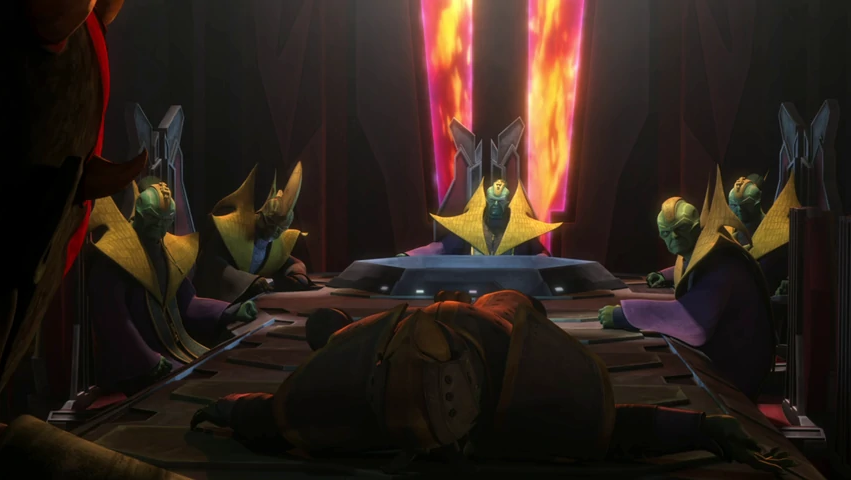
Once a major criminal element in the classic Expanded Universe, Black Sun’s role in current canon has been significantly diminished, although not enough for them still to be considered one of the most powerful criminal factions around. Slavers by trade, the Black Sun rose to prominence in the Clone War, after Jedi operations turned towards the business of military operations rather than judicial peacekeeping. This power was short lived, however: the Black Sun were eventually coerced into being subsumed by the Shadow Collective, rendering them bit players for many years. A failed merger with one of their underworld rivals, the Pykes, left Black Sun a potent but diminished threat, largely sustained by their dealings with the Empire to hold on power in the Outer Rim.
Pyke Syndicate
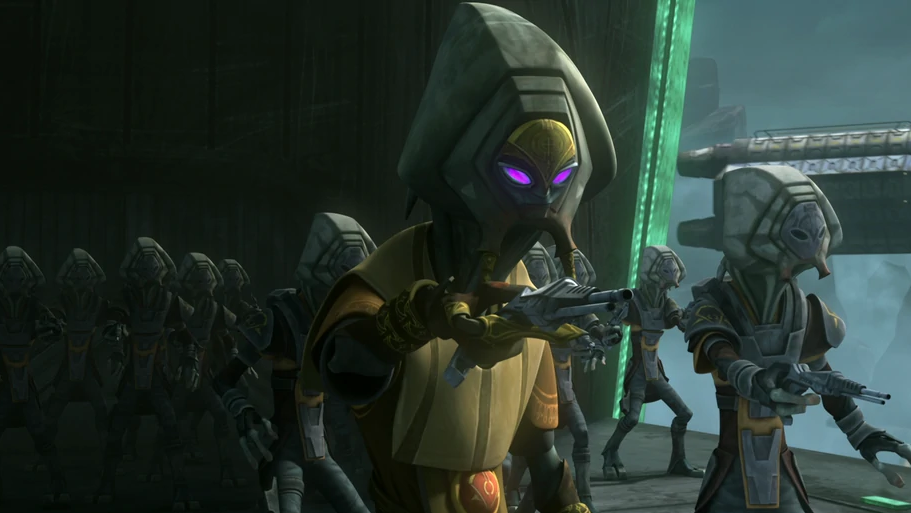
Another member of the five syndicates, the Pyke family were the primary operatives of the Spice Cartel, specializing in the manufacturing and smuggling of the drug out of its mining operations on Kessel. By the Clone Wars, the Pyke Syndicate almost exclusively locked down the production and selling of spice in the underworld, giving them great power and making them a consistent thorn in the side of rival entities like Black Sun. The Pykes briefly joined the Shadow Collective, but quickly backed out after the group’s moves against the Separatists went awry, leaving them largely unharmed by the Collective’s splintering. The Pykes largely remained influential throughout the Empire’s reign due to their control over the flow of spice in the galaxy, but had eventually shrunk in prominence by the time of the New Republic.
Crymorah Syndicate
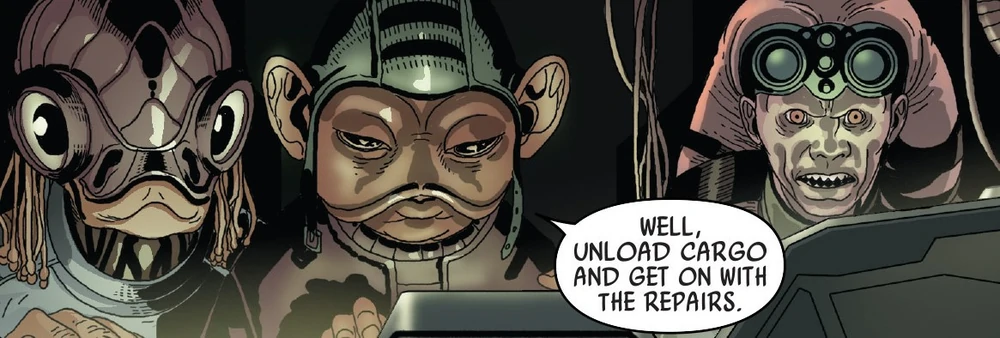
A smaller collection of organisations, Crymorah almost rose to prominence as a potential underworld ally of the Empire, after the destruction of an Imperial weapons facility on the moon of Cymoon-1 by the Rebel Alliance in the wake of the first Death Star’s destruction struck a major financial and research setback for the Empire. However, at Palpatine’s direct behest, the Crymorah were passed over in negotiations with the Empire despite prior intelligence dealings with the syndicate, so the Sith could send Darth Vader as a direct negotiator to the Hutt cartels. As the cartels, and Jabba in particular, grew in influence with the Empire’s backing, the Crymorah were instead left to be hounded by Imperial crackdowns on crime in the Outer Rim territories, rendering them all-but dissolved.
Shadow Collective

Less of a distinct organisation of itself and more of a conglomerate, the Shadow Collective rose to prominence thanks to the work of the returned Darth Maul and his brother-turned-apprentice, Savage Opress, as the former Sith attempted to enact revenge on the Jedi that had attempted to kill him, decades prior, Obi-Wan Kenobi, and the master that had abandoned him, Darth Sidious. Maul and Opress gathered power from a hodgepodge of forces, including fellow crime families: at its brief height, the collective included the Mandalorian Death Watch, Black Sun, Crimson Dawn, the Pyke family, the Nightbrothers and sisters of Dathomir, and even elements of forces from the Hutt cartels, making them the de-facto ruling power of the underworld by the final months of the Clone War.
It wasn’t to last, however: after Maul made his play for power public by working with Death Watch to attempt a coup against the ruling powers of the planet Mandalore, the rogue Sith was confronted squeezed by both Republic intervention on the neutral world and an encounter with his former master. Maul’s brief captivity at the hands of the Republic (about to become the Galactic Empire) and the death of Opress at Sidious’ hands created a power vacuum that lead to the Shadow Collective’s members going their separate ways once the remnants of the Separatist forces turned on them, bringing an end to its influence on the galaxy.
Crimson Dawn
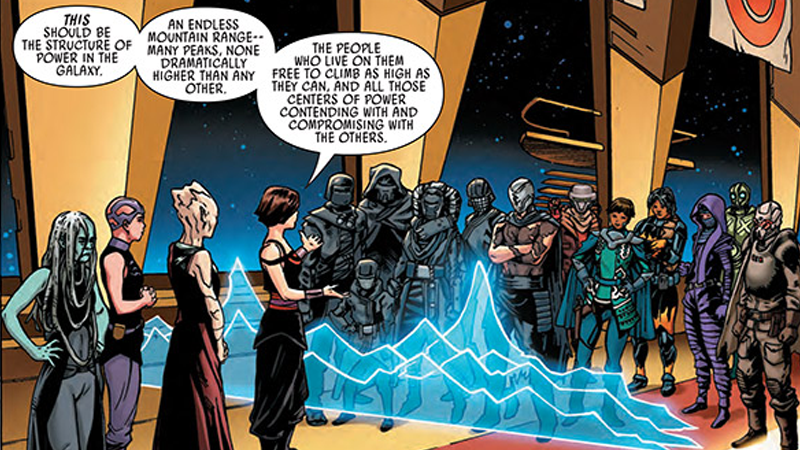
First introduced in Solo: A Star Wars Story, Crimson Dawn rose out of the ashes of the a mercenary gang of the same name, when Darth Maul decided to elevate the group to continue his criminal plans after the dissolution of the Shadow Collective. Ruled from the shadows by Maul after his clash with Darth Sidious after usurping control of Mandalore in the final days of the Clone Wars, the Dawn’s public face during rise of the Empire was Dryden Vos, who worked closely with Maul first as part of the Shadow Collective and then as Maul’s direct criminal empire.
After Vos’ death, Qi’ra, the former associate of Han Solo, rose through the ranks to replace Vos at Maul’s side — only for her to become the absolute power controlling the Dawn after Maul exited the organisation entirely a few years later, pursuing his revenge against Kenobi to the grave. Qi’ra largely withdrew the Dawn from prominence under her rule, before re-emerging during the Galactic Civil War in an an attempt to unite the disparate criminal factions of the underworld against the rule of Vader and Palpatine.
Son-Tuul Pride
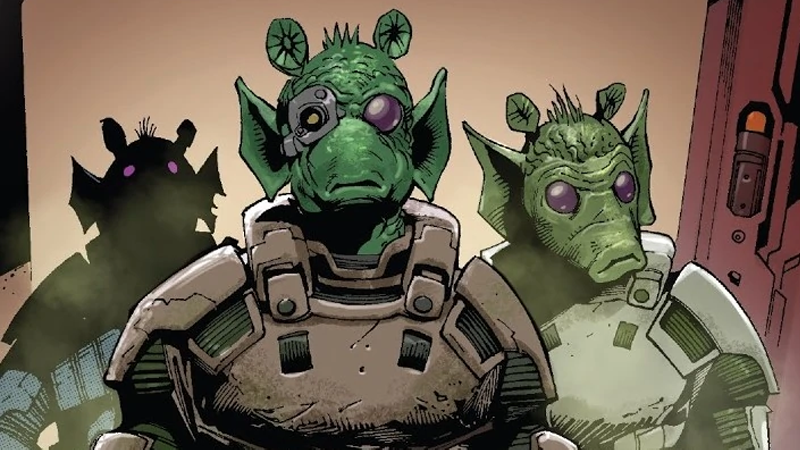
Once a major rival of the Hutts, Son-Tuul Pride (named for the mercenary gang’s homeworld, a jungle planet in the Outer Rim) were hit hard by the Empire’s crackdown on crime after the Clone War. All but destroyed in the early days of the Galactic Civil War by repeated Imperial raids on their bases, the Pride briefly rose to prominence again with the resurgence of the Crimson Dawn in the conflict’s final years, attempting to join the Dawn’s renewed presence in the underworld in opposition to the Empire.
The Lesser Sprawl

Most of what we know about the movers and shakers of the underworld are largely about their operations during the Galactic Civil War. Less is known about the period of time that Book of Boba Fett will take place in, in the early years of the New Republic — other than in many ways much of the old guard in the underworld had been replaced by new gangs and factions emerging out of their ashes.
With Boba Fett and Fennec Shand taking control of the remnants of Jabba’s empire on Tatooine, the New Republic era also saw the rise of groups like the Guavian Death Gang and Kanjiklub, the latter of which rose out of groups of mercenaries and slaves formerly owned by the Hutts. Other factions included Red Key Raiders also emerged out of Jabba’s fall, working with the Black Sun in an attempt to destabilize the still-young New Republic Senate and extend the final years of the Galactic Civil War, as well as the Droid rights activist crime group Droid Gotra, who were formerly mercenaries for hire for the Crymorah, before growing out as an independent group themselves to subsume their former allies.
